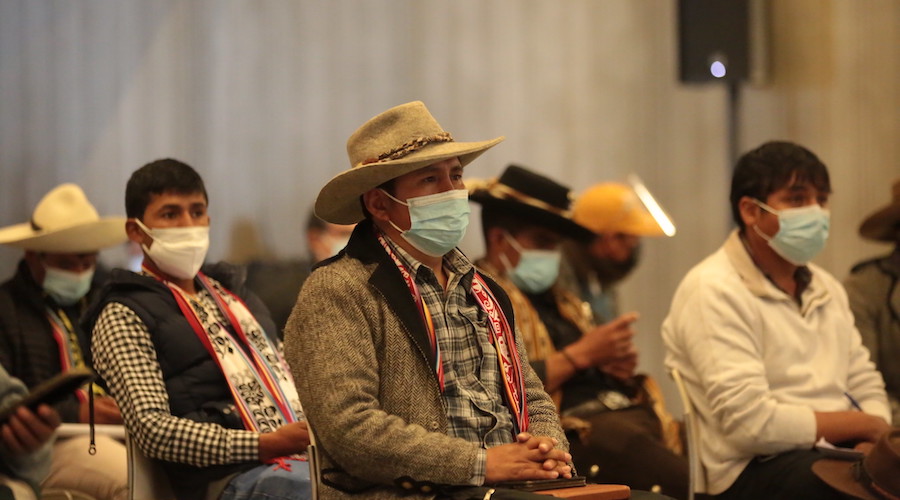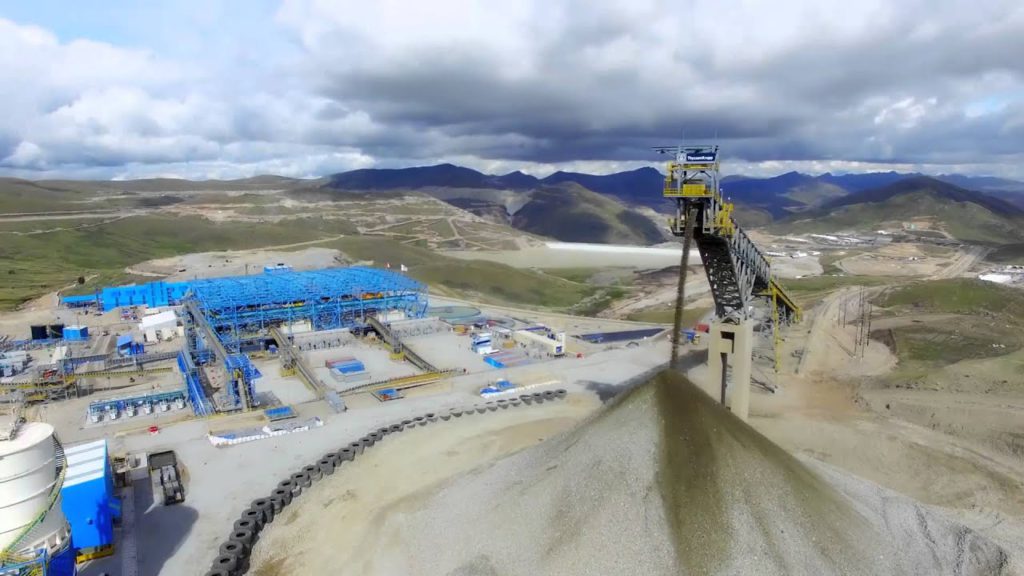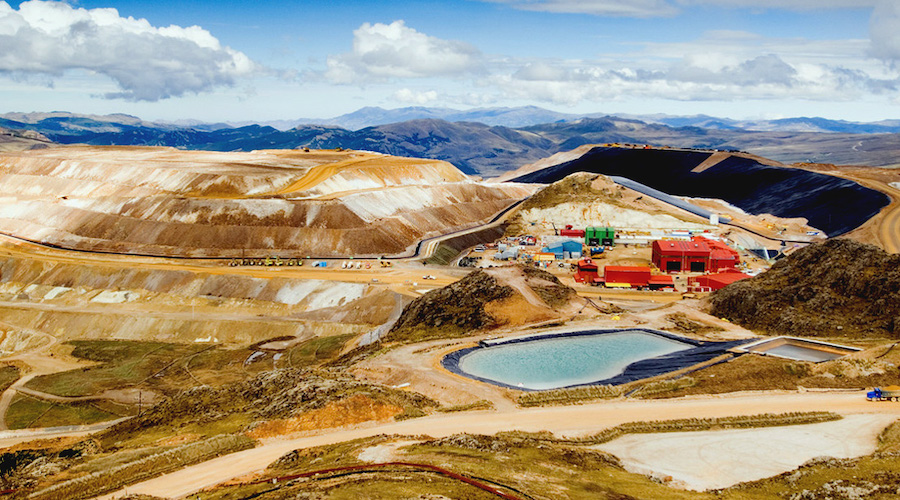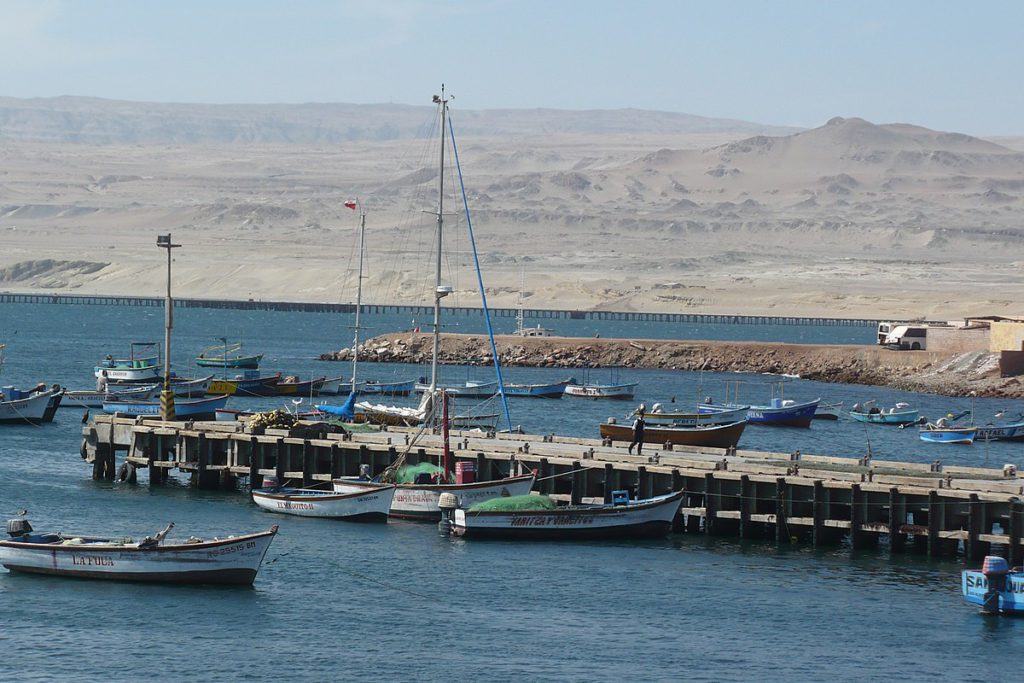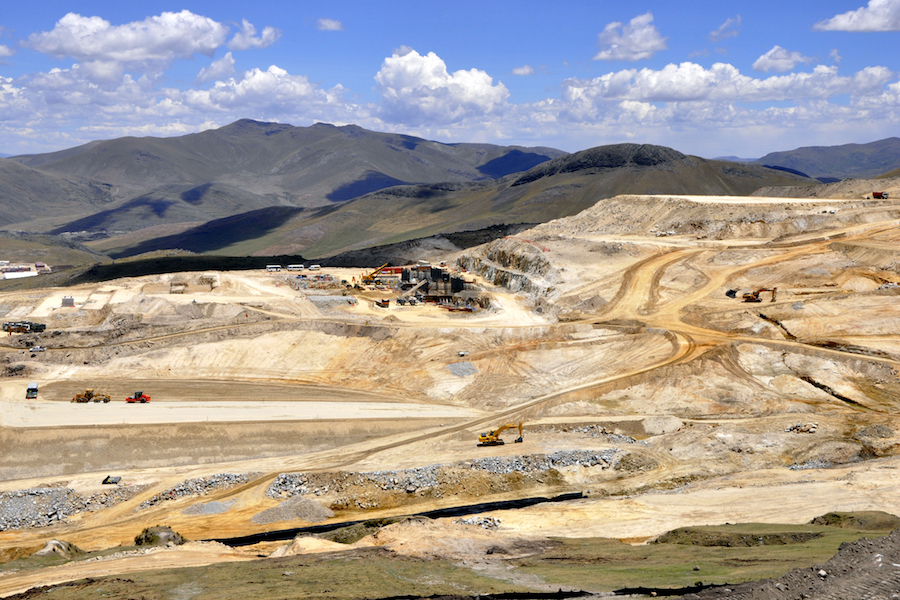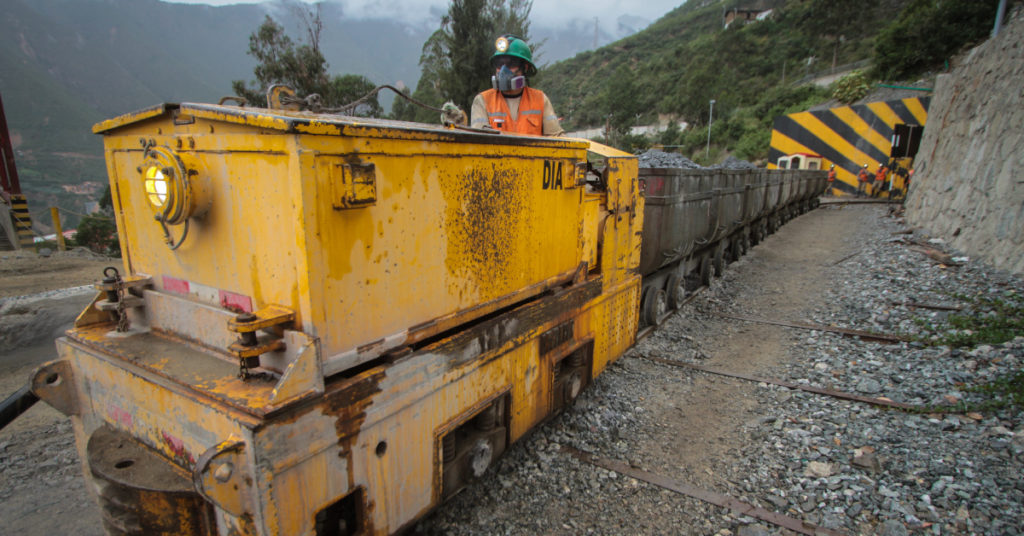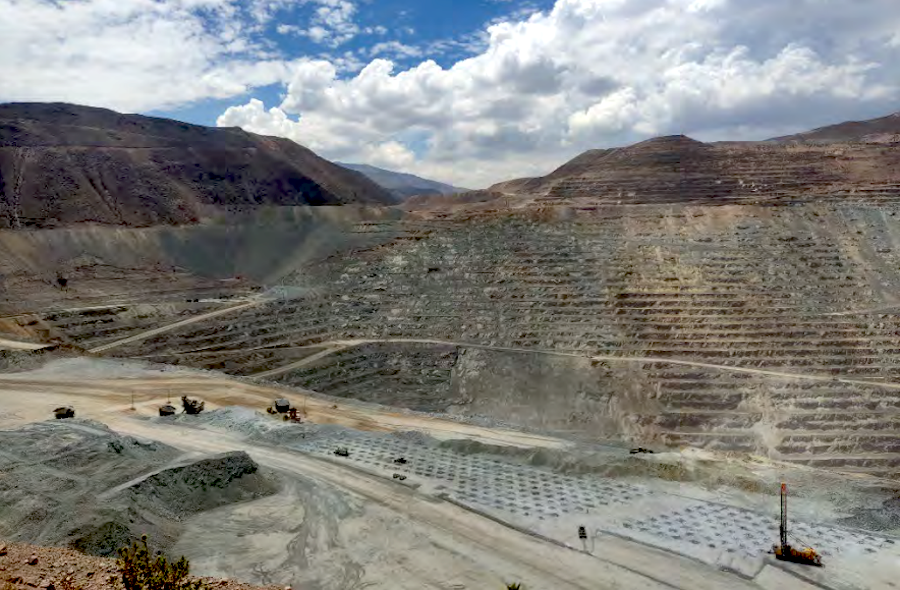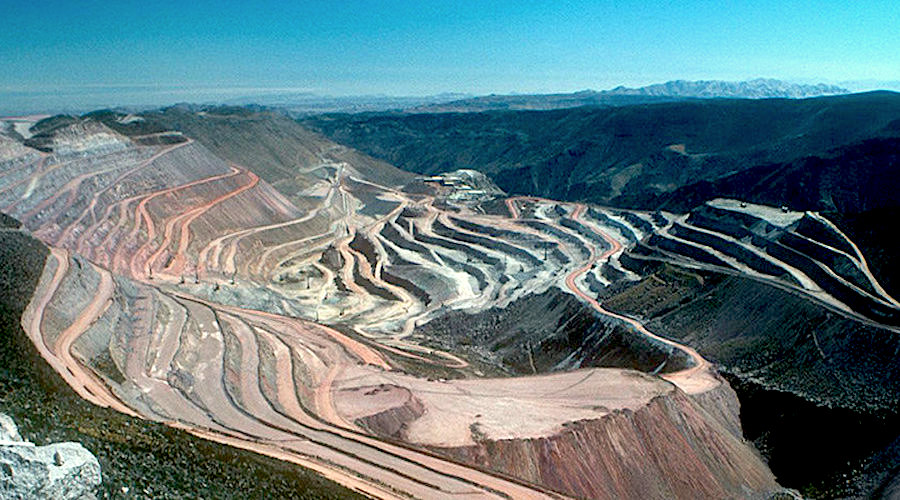Reuters | June 22, 2022 |

Las Bambas is one of Peru’s largest copper producers, accounting for around 2% of global supply. (Image courtesy of MMG Instagram.)
A community in Peru’s Andes mountains on Wednesday suspended their blockade of a highway used by MMG Ltd’s Las Bambas copper mine, agreeing to negotiate with the government and the company over the road’s use, one of the community’s leaders said.

“It is a truce that will last until Wednesday of next week. If a solution is not found, we will restart the protest,” Efrain Mercado, president of the Mara district defense front, told Reuters by telephone.
Residents in the Mara district of the Apurimac region had blocked the highway with sticks and rubber tires, according to photos published on Twitter and confirmed to Reuters by a community leader.
The blockade signaled a new conflict just two weeks after the mining firm resumed operations following another protest that forced Las Bambas to shut down for more than 50 days, the longest in the mine’s history.
A source close to Las Bambas said earlier on Wednesday it was not immediately clear if the protest had affected transportation of copper concentrate from the mine.
Protesters on Wednesday morning had been demanding payment for use of the road, according to a source close to the company and a protest leader.
“We are blocking (the road) because the government is delaying land appraisals on properties through which the road passes. It is an indefinite protest,” Alex Roque, one of the Mara district’s leaders, told Reuters before the blockade was suspended.
Peru is the world’s No. 2 copper producer and Chinese-owned Las Bambas is one of the world’s largest producers of the red metal.
The protest and shutdown have caused a major problem for the leftist administration of President Pedro Castillo, who came to office last year pledging to redistribute mining wealth but who is also under pressure to grow the economy.
Las Bambas alone accounts for 1% of Peru’s gross domestic product.
(By Marco Aquino, Anthony Esposito and Brendan O’Boyle; Editing by Sandra Maler)
Road to Las Bambas mine blocked again by residents
Reuters | June 22, 2022
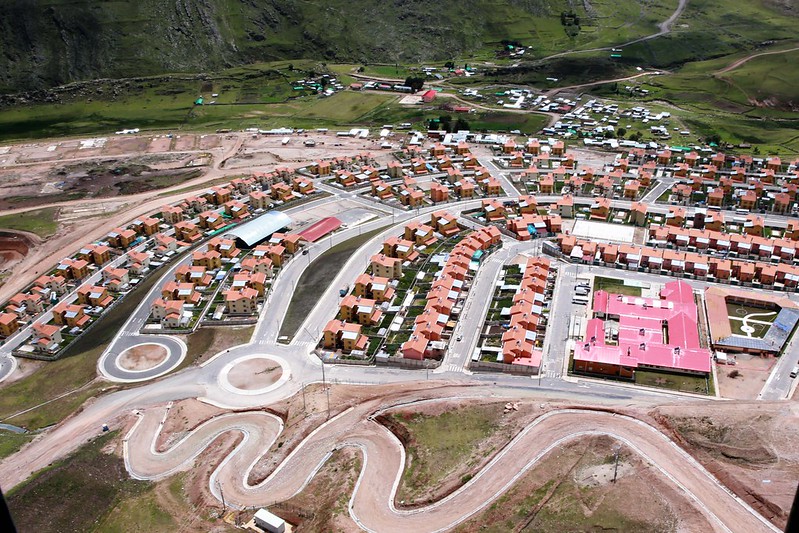
Credit: Presidencia Perú
A community in Peru’s Andes mountains on Wednesday blocked a highway used by MMG Ltd’s Las Bambas copper mine, demanding payment for use of the road, according to a source close to the company and a protest leader.

The new conflict comes just two weeks after the mining firm resumed operations following another protest that forced Las Bambas to shut down for more than 50 days, the longest in the mine’s history.

Residents in the Mara district of the Apurimac region blocked the highway with sticks and rubber tires, according to photos published on Twitter and confirmed to Reuters by a community leader.
“We are blocking (the road) because the government is delaying land appraisals on properties through which the road passes. It is an indefinite protest,” Alex Roque, one of the Mara district’s leaders, told Reuters.
A source close to Las Bambas also confirmed the blockade, but said it was not immediately clear if the protest was affecting transportation of copper concentrate from the mine.
Following the previous hiatus in operations, MMG said it expected production at the site and material transportation to resume on June 11.
Peru is the world’s No. 2 copper producer and Chinese-owned Las Bambas is one of the world’s largest producers of the red metal.
The protest and shutdown have caused a major problem for the leftist administration of President Pedro Castillo, who came to office last year pledging to redistribute mining wealth but who is also under pressure to grow the economy.
Las Bambas alone accounts for 1% of Peru’s gross domestic product.
(By Marco Aquino and Anthony Esposito; Editing by Sandra Maler)
Reuters | June 22, 2022

Credit: Presidencia Perú
A community in Peru’s Andes mountains on Wednesday blocked a highway used by MMG Ltd’s Las Bambas copper mine, demanding payment for use of the road, according to a source close to the company and a protest leader.

The new conflict comes just two weeks after the mining firm resumed operations following another protest that forced Las Bambas to shut down for more than 50 days, the longest in the mine’s history.

Residents in the Mara district of the Apurimac region blocked the highway with sticks and rubber tires, according to photos published on Twitter and confirmed to Reuters by a community leader.
“We are blocking (the road) because the government is delaying land appraisals on properties through which the road passes. It is an indefinite protest,” Alex Roque, one of the Mara district’s leaders, told Reuters.
A source close to Las Bambas also confirmed the blockade, but said it was not immediately clear if the protest was affecting transportation of copper concentrate from the mine.
Following the previous hiatus in operations, MMG said it expected production at the site and material transportation to resume on June 11.
Peru is the world’s No. 2 copper producer and Chinese-owned Las Bambas is one of the world’s largest producers of the red metal.
The protest and shutdown have caused a major problem for the leftist administration of President Pedro Castillo, who came to office last year pledging to redistribute mining wealth but who is also under pressure to grow the economy.
Las Bambas alone accounts for 1% of Peru’s gross domestic product.
(By Marco Aquino and Anthony Esposito; Editing by Sandra Maler)
SEE
